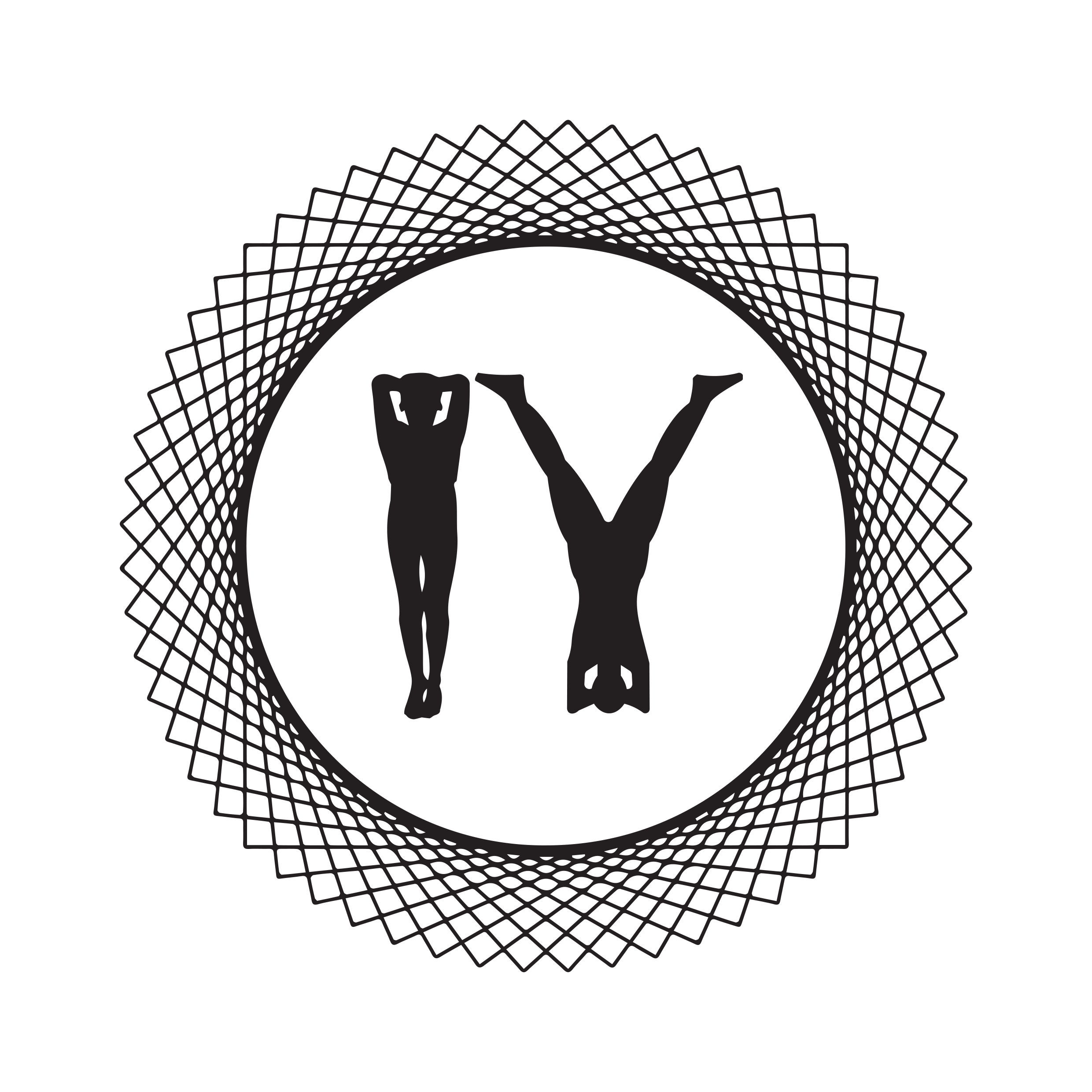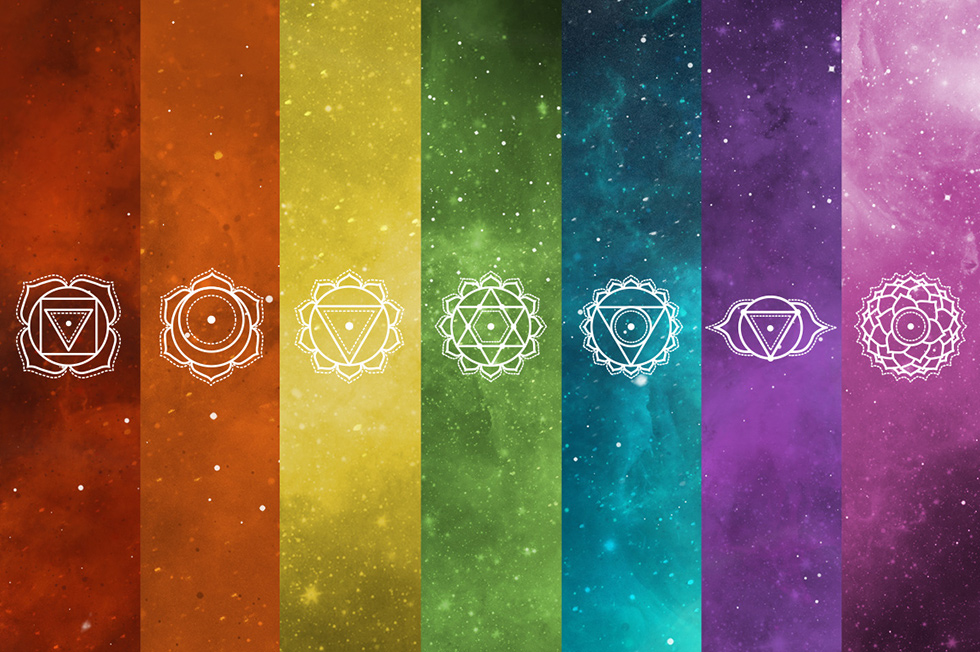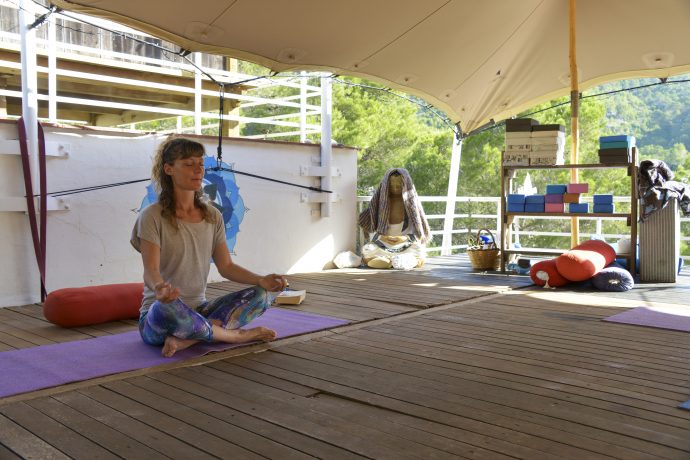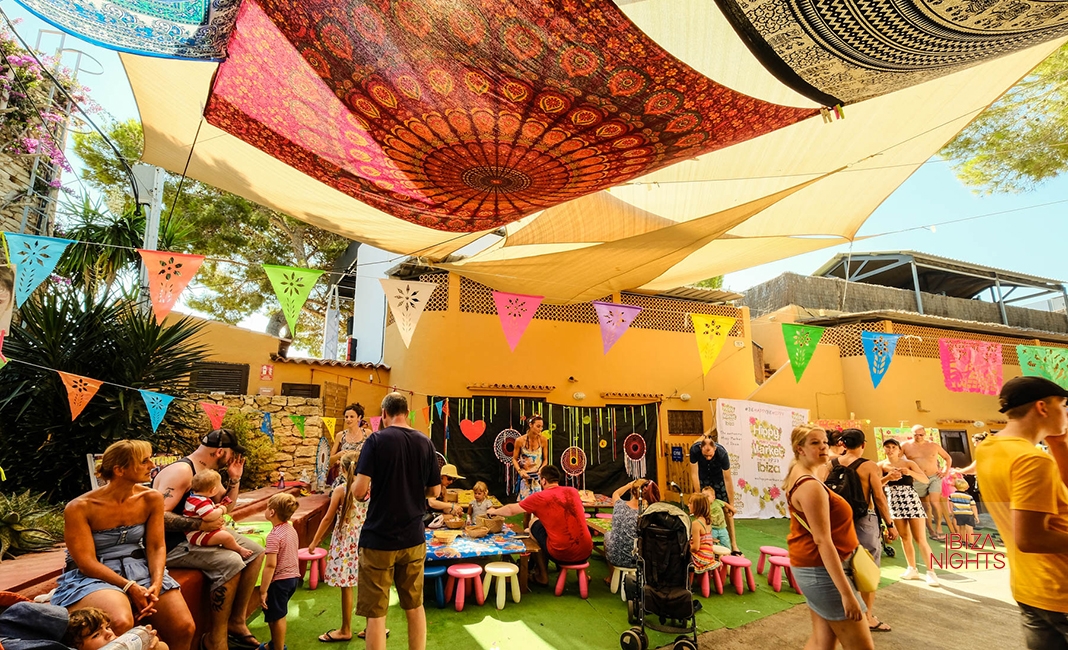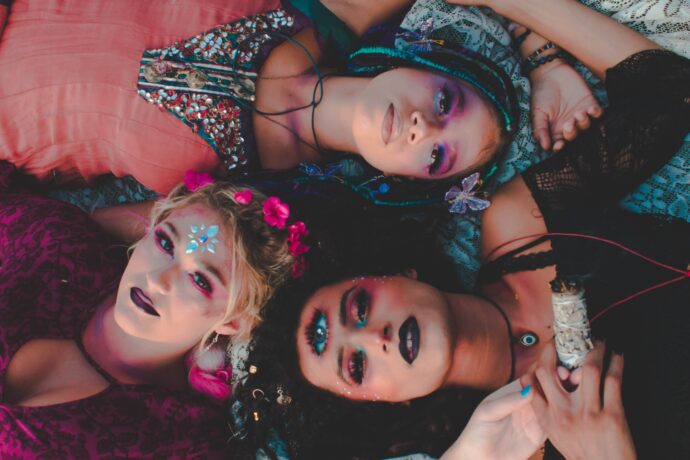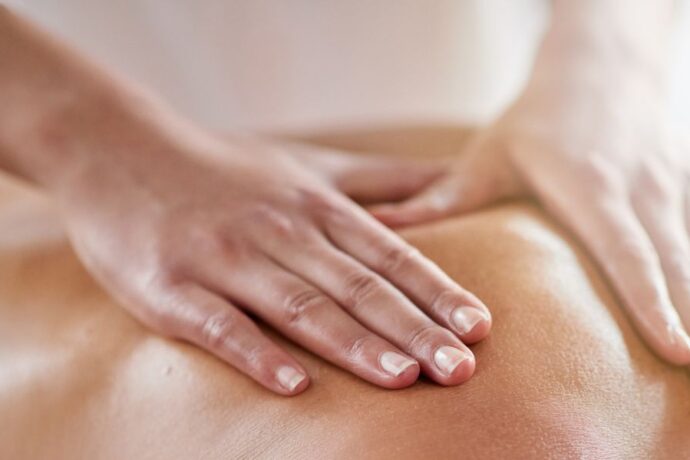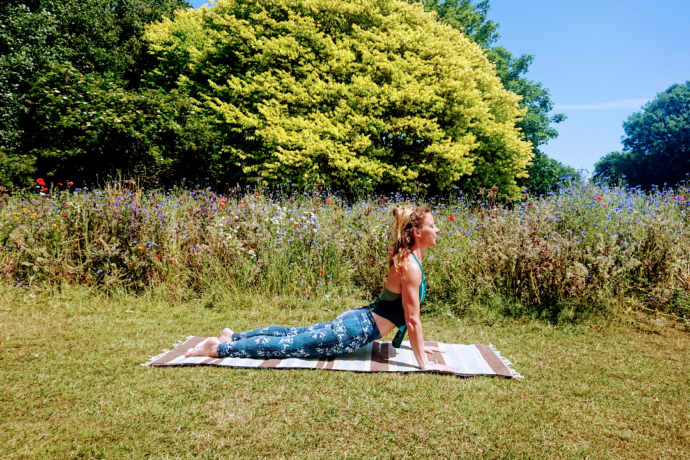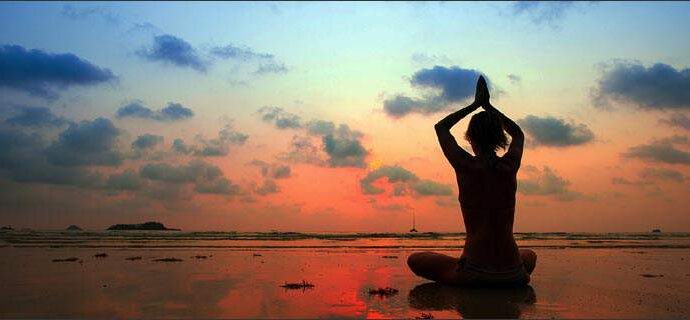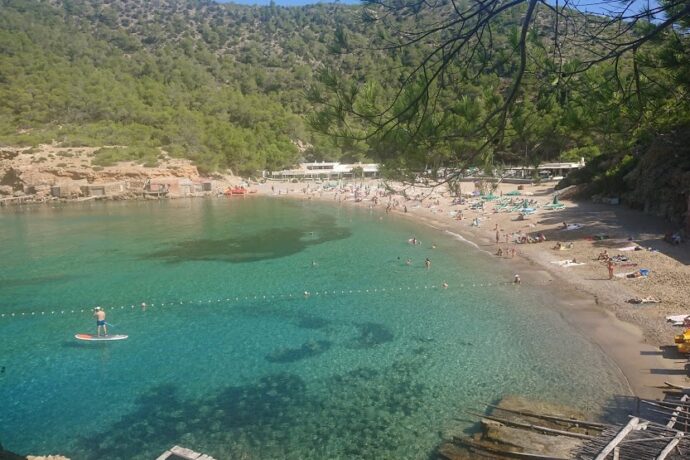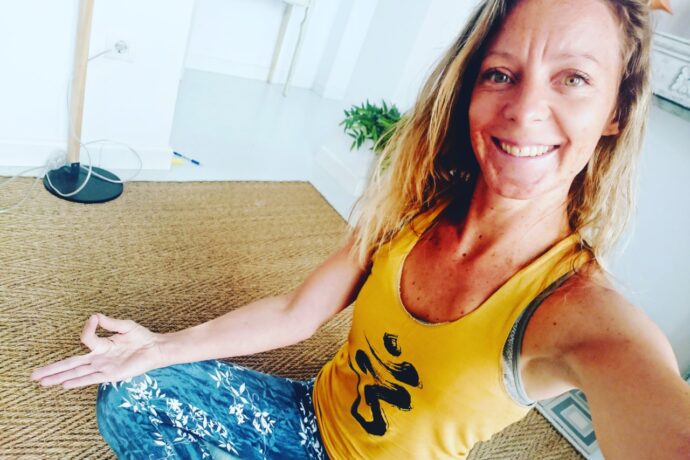The Seven Chakras
Join me on this journey as we explore and discover the colourful seven chakras in more detail. Known as the ‘Rainbow Bridge’ we can tap into these energy centers at any time, enabling us to get the most out of life as we expand and grow. Knowing which chakra to work on at different points in life can really help with becoming the best possible version of yourself. In fact, we are already the best version, we just need to strip back and show our shiny colourful selves more often, without fear.
The seven colours of the rainbow represent an alternative to our binary black and white consciousness, offering us a world of multiple opportunities. The rainbow expresses the diversity of light as it moves from source to manifestation.
‘Chakra’ literally translates as ‘wheel’ or ‘disk’ and refers to a spinning sphere of bioenergetic activity emanating from the major nerve ganglia branching forward from the spinal column. The seven wheels are stacked in a column of energy that spans from the base of the spine to the top of the head. There are also minor chakras in the hands, feet, fingertips and shoulders. It is the seven major chakras that correlate with basic states of consciousness and it is these that we will examine below:
1. Root Chakra (Muladhara) – RED
Located at the base of the spine the root chakra is connected to the physical body and represents the Earth element. Here we learn to identify with the body and our basic survival needs. When we identify with the body, we identify with the soul’s expression in physical form, as well as its physical qualities of male, female, young, old, fat, thing, healthy, or sick.
2. Sacral Chakra (Savidhisthana) – ORANGE
Located in the lower abdomen the sacral chakra is connected to our emotions and represents the water element. The emotions are the clothing of our feelings. When we experience a strong emotion, we feel our aliveness and often identify with the feeling involved. Even our language makes this identification: I am angry, I am happy. Emotion emerges from our physical identity and yet brings in an added dimension. We have to feel our bodies in order to feel our emotions and learn to interpret their messages. Emotional identity expands experience of the body and gives it dimension and texture, connecting us to the flow of the world.
3. Solar Plexus Chakra (Manipura) – YELLOW
Located at the back of the stomach or the upper abdomen the solar plexus chakra is connected to our will power and represents the fire element. This is where we realise that we are a separate entity with the power to choose our own actions and consequences. This is the ego identity, oriented towards self-definition. Ego identity emerges from physical and emotional identity and can be thought of as the inner executive, as it executes our intentions. This is the identity most often in charge. But we have to remember-it is only a middle manager.
4. Heart Chakra (Anahata) – GREEN
Located in the chest the heart chakra is connected to our persona and represents the air element. In the fourth chakra we create our social identity, the personality created to interact with others-it is the part of ourselves that the ego allows to rise above the surface. In our families we may take on the role of the lost child, the hero, the good girl or the rebel. Initially, our self-concept is based on how others react to us- whether we are popular or outcast, admired or criticised, loved or rejected- identifying ourselves primarily through our relationships. As we mature, the identity shifts to include how we perceive our role of service to others or how we have learned to give and embrace a world beyond our ego-oriented self. This becomes our base for self-acceptance.
5. Throat Chakra (Vishudda) – BLUE
Located in the throat, neck, the throat chakra is connected to our creative identity and represents the ether element or sound. Here we identify with our self-expression-what we say and produce. Initially, we identify with our word through the commitments we make. In this identity, we take responsibility for what we say by embodying it in our actions. Through our creativity, we identify ourselves as artists, teachers, entrepreneurs, politicians, mothers or fathers. The creative identity expands outward, through its ability to contribute and give back to the larger system.
6. Third Eye Chakra (Ajna) – INDIGO
Located in between the eyebrows, forehead, the third eye chakra is connected to our archetypal identity and represents the element of light. Here we expand by transforming the individual ‘I’ into something transpersonal. Our personal story is now seen as an event in a larger story. We enlarge our understanding of ‘Self’ as we find our own life themes reflected in fairy tales, mythology, films and news stories. We experience self-reflection in the larger system. As we mature, we consciously embrace the evolution of the archetypal symbols that speak to us. If we take crusade for the preservation of the ancient forests, we are doing more than just saving trees-we are contributing to a larger archetypal cause.
7. Crown Chakra (Sahasrara) – VIOLET
Located at the top of the head, the crown chakra is connected to our universal identity and represents thought and enlightenment. The more our consciousness expands, the larger our identity can become. As we realise the magnificent scope of the cosmos, we have the opportunity to transcend our smaller, more limited world, and identify with the entire universe. In Eastern philosophy, this is the basis of true self-knowledge-the knowledge of divinity within. The purpose of the crown chakra, meditation and most other spiritual disciplines is to break through the bonding with the smaller identities and to achieve realisation of the universal identity. This does not deny the reality of the smaller identities, it just means that we see them as part of a unified and integrated whole.

